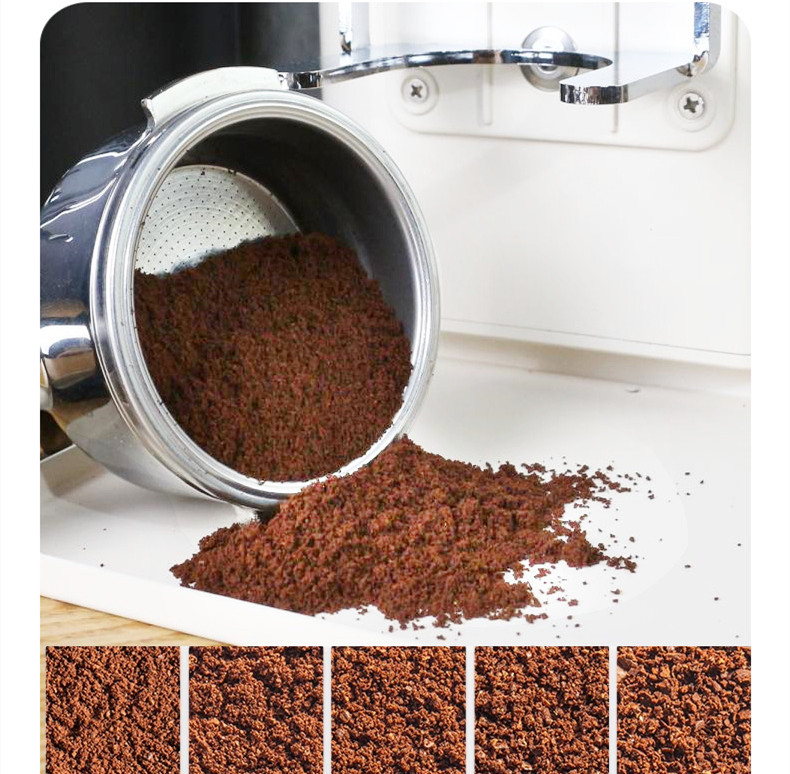The principle of air flow control for coffee roasters mainly involves the multi-faceted influences of air flow on the roasting process and the corresponding control methods, as follows:
The influence of air flow on the baking process
Enhancing thermal penetration: The most distinctive feature of thermal convection is its strong thermal energy penetration, which can quickly transfer heat through the structural fibers of green coffee beans and into the deep core of the beans. In roasting with high heat and high heating rate (ROR), increasing the airflow helps alleviate the problem of excessive difference in heating rates between the surface and core of green beans.
During the dehydration stage of baking, a large amount of water in the green beans is discharged in the form of water vapor, which rapidly increases the humidity in the baking room and adheres to the surface of the green beans to form an “evaporation front”, hindering heat transfer. When the humidity is too high, it is necessary to increase the airflow in time to expel the excess water vapor.
Smoke emission: When the temperature of coffee roasting reaches 180℃, the amount of smoke produced becomes obvious. At the beginning of the first roasting, the amount of smoke increases sharply and reaches its peak at the second roasting. The deeper the roasting, the greater the amount of smoke. If the smoke is not discharged in time with a large airflow, the soluble substances within the cells will be adhered to by the smoke, which will affect the flavor of the coffee and produce what is called a “smoky sensation”.
Auxiliary heat variation control ROR: The start of the first burst indicates that the coffee beans have shifted from a prolonged heat-absorbing state to a heat-releasing state, and it is also the stage when the coffee beans are most vulnerable and prone to burning. To reduce ROR, roasters will lower the roasting heat and increase the airflow to lower the air temperature in the roasting chamber. At this time, increasing the airflow can not only quickly reduce ROR but also make the core of the coffee beans develop more completely.
Airflow control mode
Adjust the air damper or variable fan: Adjust the air damper or variable fan at key points during baking to control the airflow size. Some bakers prefer to use full air flow and bake by adjusting other variables, such as gas pressure or heat.
Observe wind pressure: Most experienced bakers use a lighter to determine the wind pressure by observing the direction of the fire. A relatively stable and practical method is to use a “wind pressure gauge”, which can effectively monitor the uncontrollable impact of air flow variables on baking.
Adjust according to the baking stage:
Dehydration stage: In the early stage of roasting, less air allows heat to enter the beans for an internal heat reaction, as the Maillard reaction is required to occur. But when the beans start to turn yellow, the airflow needs to be adjusted.
Development stage: In the later stage of roasting, more actively supply air flow, as sun-dried beans may have a mixed and unclear flavor due to poor air release.
First explosion stage: At the beginning of the first explosion, to reduce ROR, the air flow can be increased to lower the air temperature in the baking chamber.


